My friend Eli S. from Queens often laughs about the time he had a bunch of guests over for Shabbos, and he decided to make a whole pastrami for everyone to enjoy. However, things definitely didn’t go as planned: when the guests started arriving, instead of saying hello, they immediately ran to the kitchen to uncover the source of the incredible smell that hit them as they came through the door. What they saw was a beautiful chunk of Pastrami fresh out of the oven, its pleasant aroma of spices welcoming them home. As expected, everyone asked to try “just a little taste” of the pastrami, which are the famous last words. Inevitably, “just a little taste” turned into “a much bigger taste”, and by the time Shabbos came around, it was completely devoured (it’s times like these when having an extra Romanian Salami in handy to prepare as a last-minute Shabbos side dish is a gamechanger – see here for what we mean [link to Salami article]).
When Eli’s friends aren’t busy stealing his pastrami, he’ll make an entire pastrami and eat it throughout the week. He claims that with each time he reheats it, the taste gets even better. Let’s do some more digging to learn more about how this story happened, and what the magic is all about.
What Is Pastrami?
Next time you and your friends gather to have “just a little taste” of pastrami, you can wow them by telling them that Pastrami is not Italian (even though it sounds like “Salami” – which is Italian). Pastrami, a traditionally-cheap, tough, fatty chunk of meat originating from the navel section of the cow, is a staple of Romanian (referring to the nationality – not the butcher shop group) cuisine, and was brought to the United States in the late 1800s by Eastern European Jewish immigrants, quickly gaining popularity because of its delicious taste, and even more delicious price. It’s here in the United States where it cemented its status as a focal point of American Jewish cuisine, often served hot on rye bread and a sour pickle on the side.
Like many of the recipes we present here on IWantRomanian.com, we want to debunk the myth that cooking a delicious pastrami is difficult and time consuming. Despite what you may have heard, Pastrami is easy to prepare and will easily impress any of your carnivorous friends, and maybe even convert your vegetarian cousin Amy from the dark side. In fact, the beauty of preparing a whole pastrami is that making it delicious involves minimal effort.
It will probably take less time to devour an entire Pastrami than it does to describe the many variations of how it can be prepared. While the most simple way to prepare pastrami is to have it sliced at your local deli (in our opinion: the thinner, the better for a lacy texture), we wanted to include some of our personal favorite recipes so you can enjoy this classic form of Jewish comfort food, in the form of a sandwich on rye bread or anything else, even if you don’t live near an old-school Jewish delicatessen store.
Flavor and Seasoning
Pastrami has a very aromatic and strong flavor, being rubbed in a spice mix traditionally consisting of garlic, pepper, cloves, allspice, paprika, coriander, and mustard seed. When paired with the flavor contained within the pastrami’s beautiful marbling itself – you’re in for a one-of-a-kind savory experience.
There are two schools of thought regarding how to properly control the flavor and keep everybody happy: if you’re one of those eaters who finds this flavor overpowering, go ahead and rinse off the pastrami and pat it dry prior to cooking (I’d recommend doing this a few times – don’t worry about getting rid of the flavor. It’s also embedded within the meat itself) If you’re a brave purist who enjoy the complex flavors described above, you can go ahead and skip this step altogether.
Steam Bath
Once you’ve decided whether to rinse your Pastrami, it’s time to give it a steam bath. Start by cutting some aluminum foil and crumpling into balls. Place the foil balls in a tray with approximately 1 inch of water. Place the pastrami on top of the foil balls. Once you wrap the entire tray with foil, it will be ready to cook.
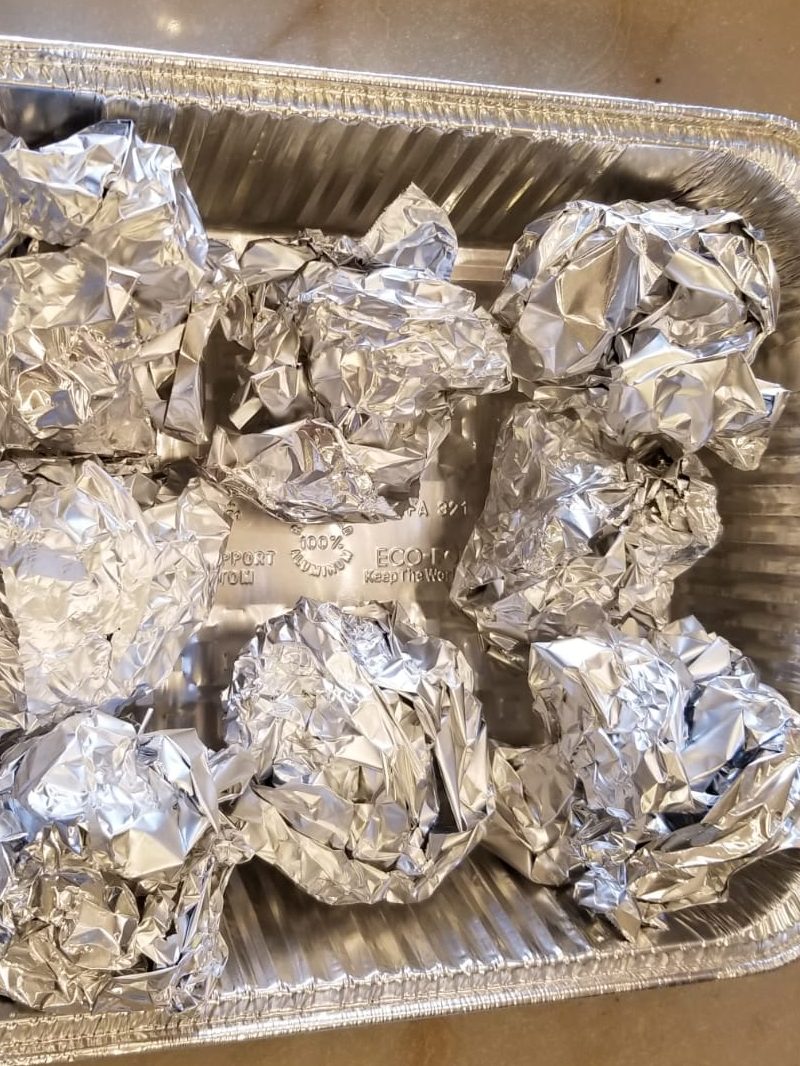
Cooking Size
Pastrami is usually packaged as one complete piece, or divided in half. If you decide to only use one of the pieces, feel free to put the second one in a Ziploc bag and toss in the freezer to save for when your Pastrami is eaten before it’s intended serving time. The actual cooking time will vary depending on the size of the individual piece of Pastrami you are preparing. Regardless of this, you will know that it’s ready to eat once the internal temperature reaches 165 degrees Fahrenheit.
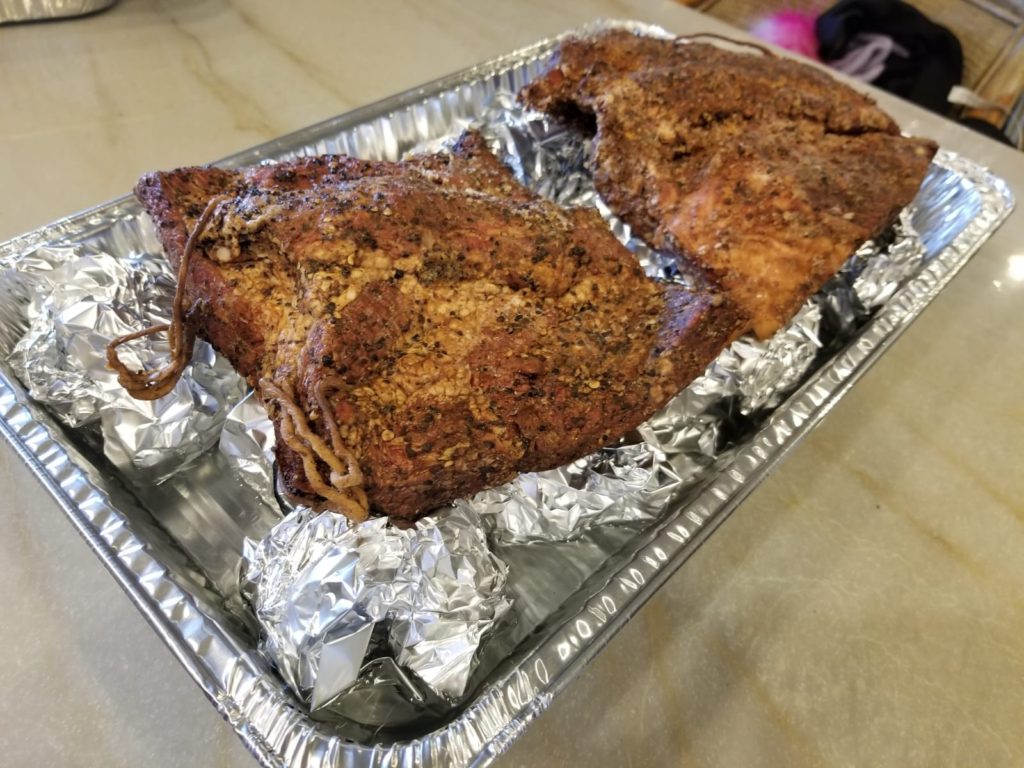
Favorite whole pastrami recipes
Favorite Pastrami Recipes
The greatest thing about Pastrami is that it’s a low maintenance, high impact protein. Unlike other meats, you don’t need to add anything to it prior to popping in the oven.
While many people opt to cook a nice Pastrami roast for Shabbos or Yom Tov, it can be enjoyed any meal (ask me about the time I made Pastrami and eggs), any day of the week. If you do end up using it for a main dish on Shabbos lunch, a great hack is to cook the Pastrami in your cholent. Not only does this save space on your countertop and eliminate the need to use another crock pot, but also end up infusing the Cholent with an insane burst of flavor (another pro-pro tip: whenever I go to Romanian, I always ask them for the leftover bits of Pastrami from the bottom of the slicer).
Simply wrap the pastrami in tin foil and drop it in the Cholent before Shabbos. Make sure to keep it under lock and key – it may be missing from the Cholent by the time it’s meant to be served.
Slicing Pastrami and serving it on a meat board is also an easy way to impress your Shabbos guests (but only possible when it’s not eaten prior to Shabbos). Another added item to make this even more delicious is serving it accompanied by a nice sampling of various mustards (spicy Dijon, brown, horseradish, whole grain, and honey mustards all come to mind) along with a juicy pickle.
Note: if you plan to serve hot Pastrami, be sure to slice it against the grain with a Chef’s knife prior to heating (this is generally true with any meat). When the meat is fresh out of the refrigerator, the fibers are tougher at this cooler temperature, which makes for a cleaner and neater cut. Otherwise, it will shred, but it will still be fantastic on……
Pastrami Flatbread Pizza:
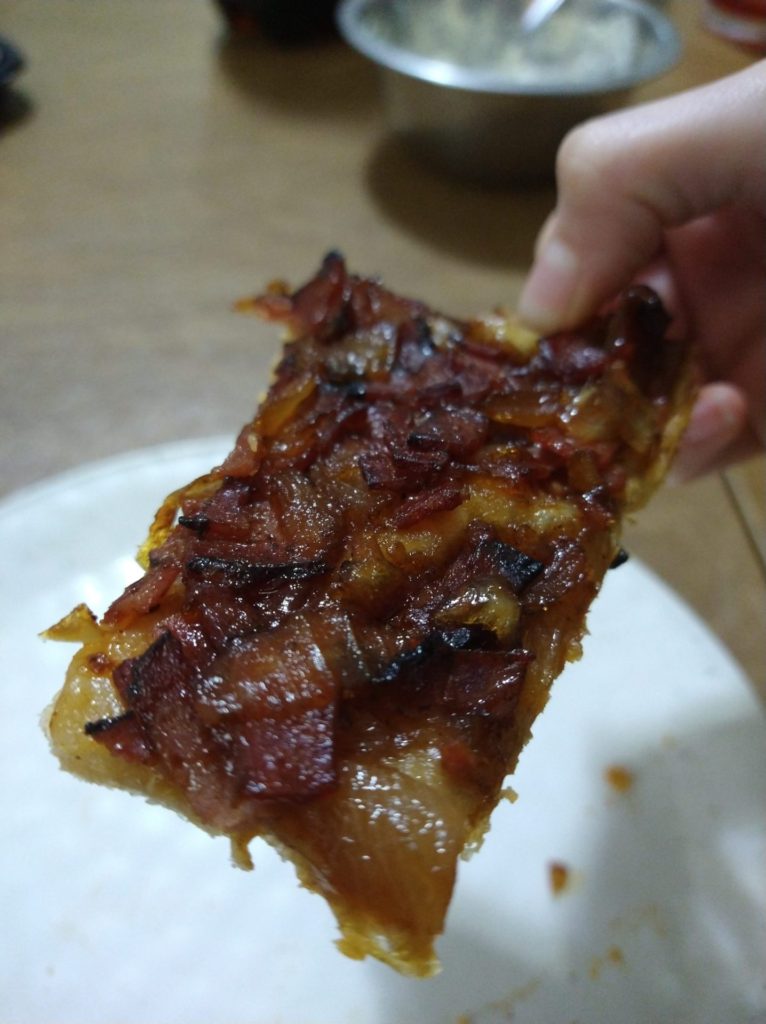
This may be one of the easiest crowd pleasers you can make, and takes minimal output on the Chef’s end. There are different schools of thought regarding different levels of preparing the Pastrami itself, depending on whether you want to add flavoring (such as barbecue sauce), or keep it the way it is. For this recipe, you can use pre-baked pizza crust, or make your own. Here’s a recipe for Pastrami Flatbread Pizza from the Bais Yaakov Cookbook 2, which is pretty straightforward and always delivers. All you need is:
Crust:
- 1 Precooked pizza crust/flatbread,
Sautéed Pastrami:
- Pastrami (12 ounces)
- 2 Onions (I prefer to use Vidalia for their sweet touch)
- Teriyaki Sauce (2 tablespoons)
- Barbecue Sauce (2 tablespoons)
- Sweet Chili Sauce (2 tablespoons)
Garlic Mayo:
- Mayonnaise (1/4 cups)
- Olive oil (2 tablespoons)
- Lemon Juice (3/4 tablespoon)
- Salt (1/4 teaspoon)
- Black Pepper (a pinch)
The number of ingredients is small enough that you can still fit into the Express Checkout line at the grocery store. The steps are even shorter:
- Pre-heat oven to 400 degrees and spray a large baking sheet with cooking spray
- Dice onions and place in frying pan with oil. Sautee and stir occasionally until brown
- Add pastrami to the onions and stir, gradually adding in Barbecue, Teriyaki or Sweet Chili Sauce (Note: if you don’t want these added sauces and are going for a more pure salami and onion flavor, you can skip this step – It’s a matter of personal preference). Once crispy, remove from heat
- Mix mayonnaise, lemon juice, garlic, salt and pepper and mix thoroughly. Spread over pizza crust, and follow by spreading Pastrami mix over flatbread
- Bake uncovered in the oven for 25-30 minutes, slice and enjoy!
Note: If you decide to make your own pizza dough, ensure that the crust isn’t too thick. There is a pizza crust recipe within the Bais Yaakov Cookbook 2 as well. Another interesting touch that you can do is garnish it with a sprinkle of arugula and drizzle with more garlic mayo for an added pop of color and class.
Pastrami Wontons
Pastrami also works deliciously in eggrolls or wontons. Simply swap out the flatbread for a package of Wonton wrappers, utilize the same sautéed Pastrami-onion combination as above, and do the following:
- Wet each wonton wrapper around the edges with a little bit of water
- Fill wonton wrappers with Pastrami, using a slotted spoon to eliminate liquid.
- Drop in a pan of hot oil, and fry on each side for a few minutes until brown
These are great to prepare before your friends come over to watch a football game, a kiddush, as a Yom Tov appetizer when you’re in the mood to switch things up a bit. For some added tang, prepare a bowl of pareve ranch dip, or spicy Siracha mayonnaise for some additional flavor and temperature contrast.
Pastrami Sandwich
As good as these recipes are, where would any of us be without the classic Pastrami sandwich? This versatile recipe is literally what put Pastrami on the map to begin with as a mainstay of American Jewish delicatessen meats, back on the Lower East Side of Manhattan over 100 years ago. This sandwich is possibly the most failsafe recipe we can offer, and also the most versatile. If you make the pilgrimage to Romanian, they also offer a no-nonsense, fantastic (and quite affordable) Pastrami sandwich meeting our criteria.
Simply take a wad of Pastrami (I’d specify a large quantity here, but I’m worried my cardiologist may read this article) and place it between two slices of some fresh caraway rye bread for an authentic sandwich. The real traditionalists will say to make sure the Pastrami is heated up. If you’re feeling adventurous, you can add in some coleslaw, a pickle, Russian dressing, or some mustard inside, outside or all around. A Pastrami sandwich can be dressed up or down, but regardless of its accoutrements, it’s always in style and always delicious.
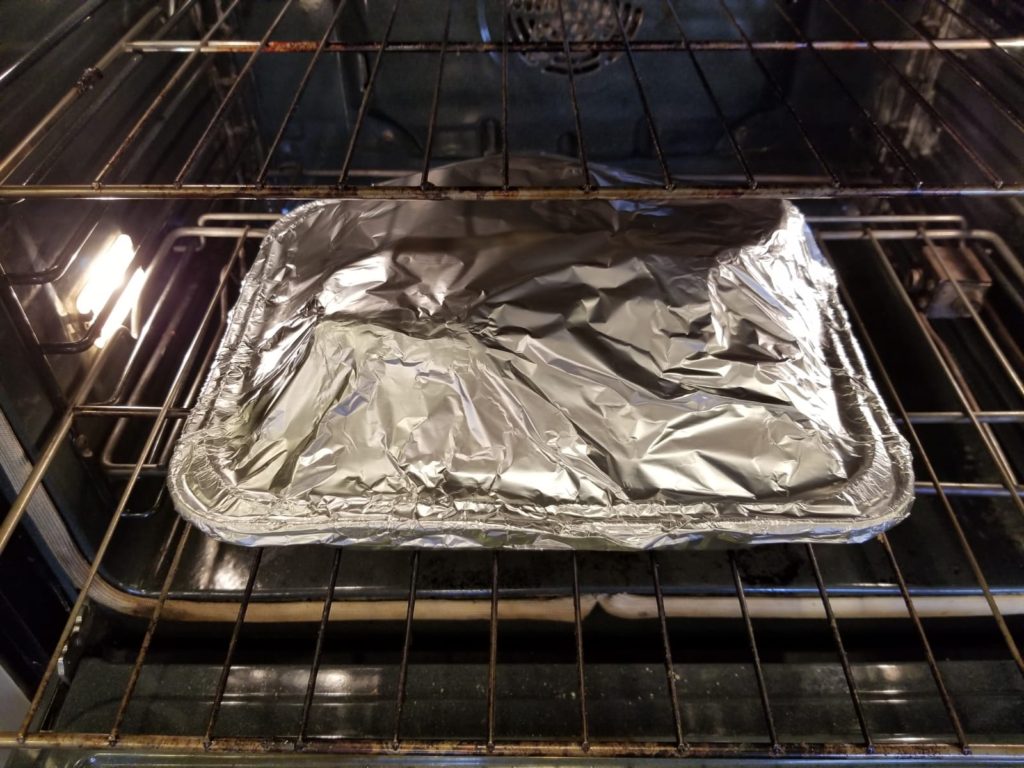

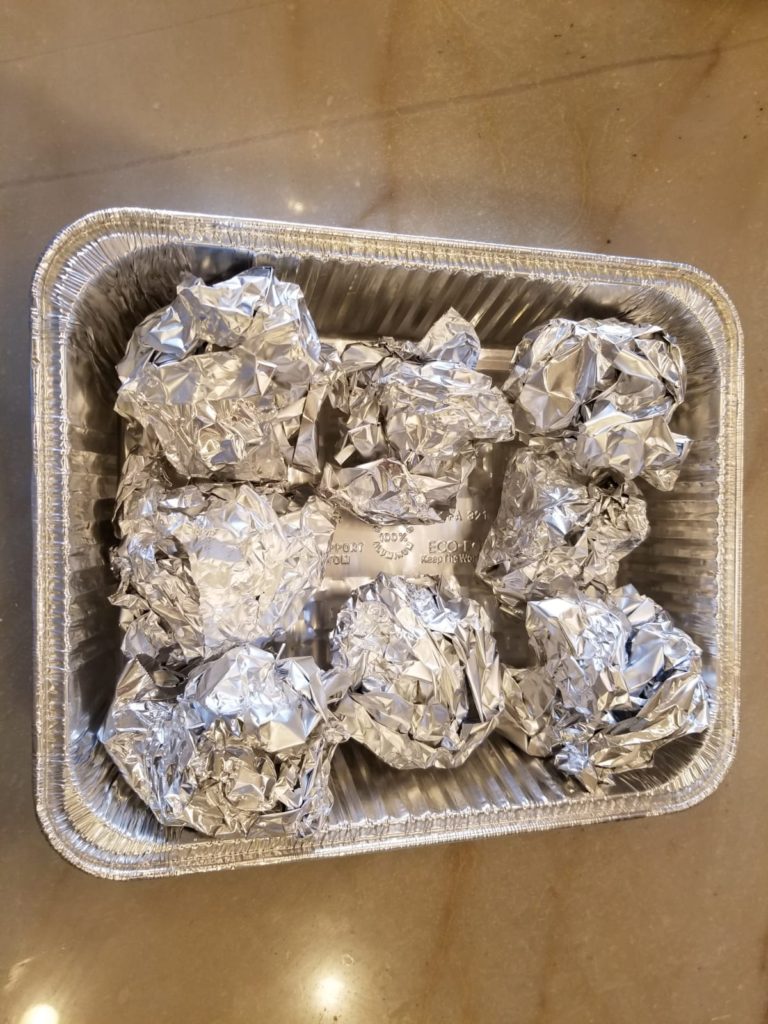
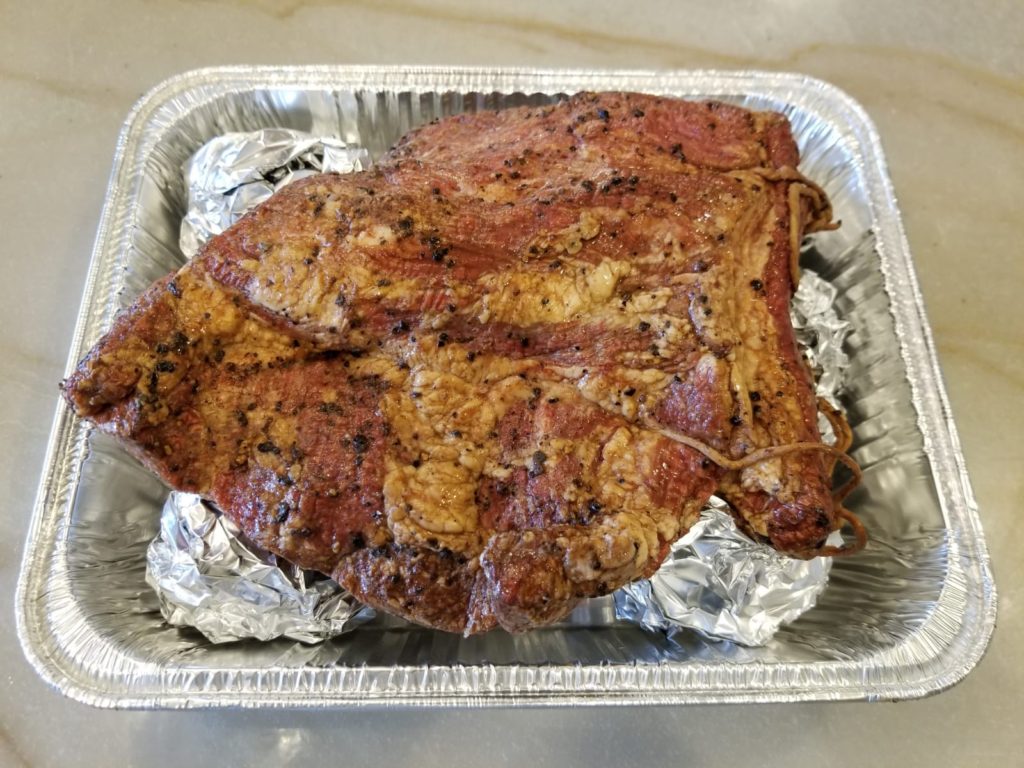


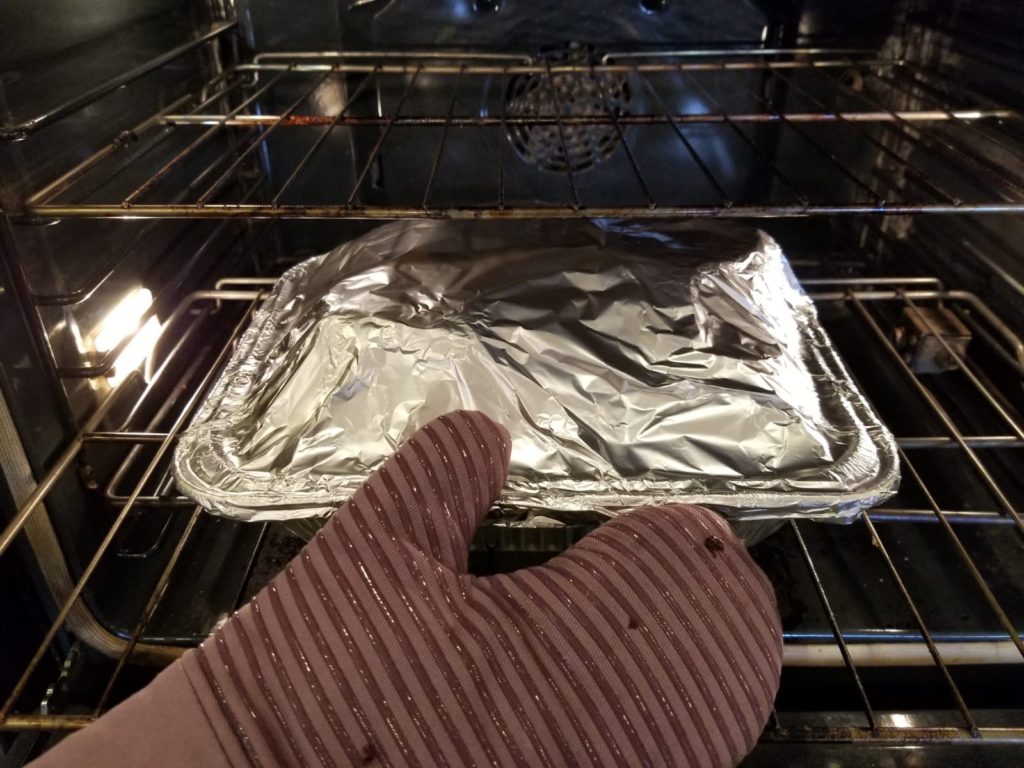
Anything else about pastrami that you think we should’ve mentioned? Add your comments below to keep the conversation going.

